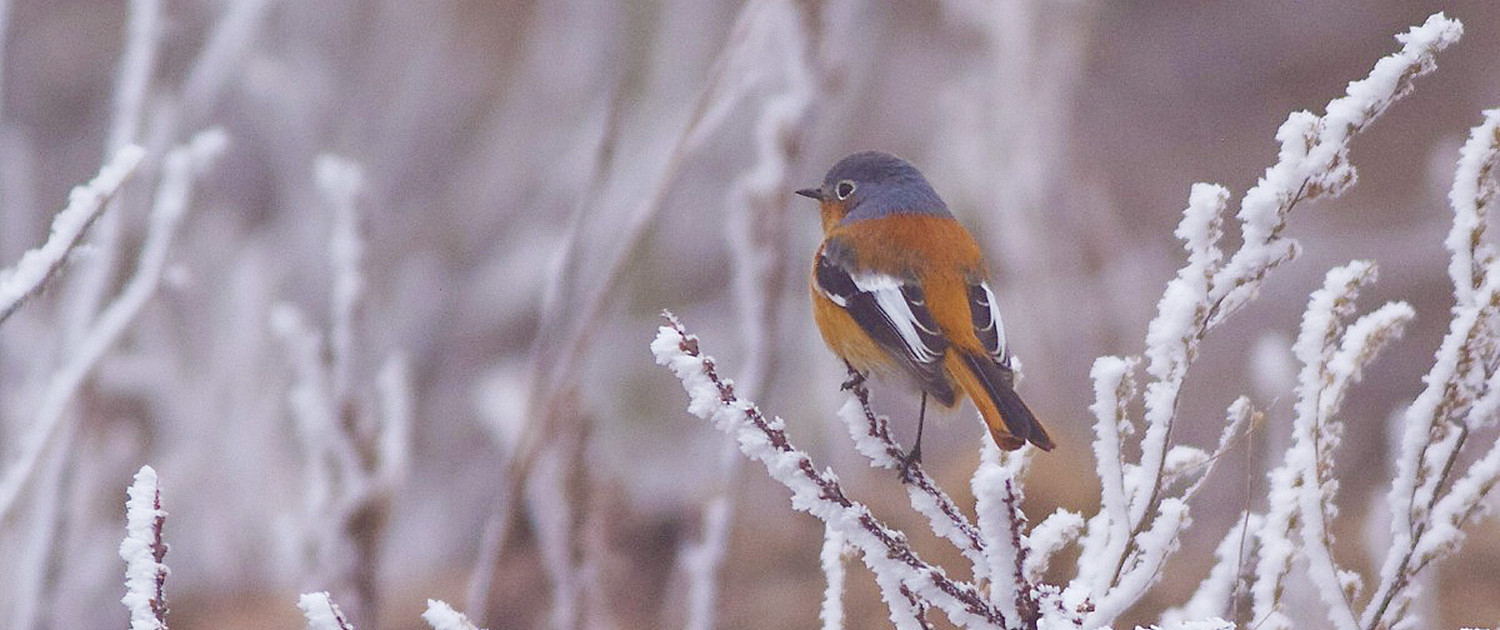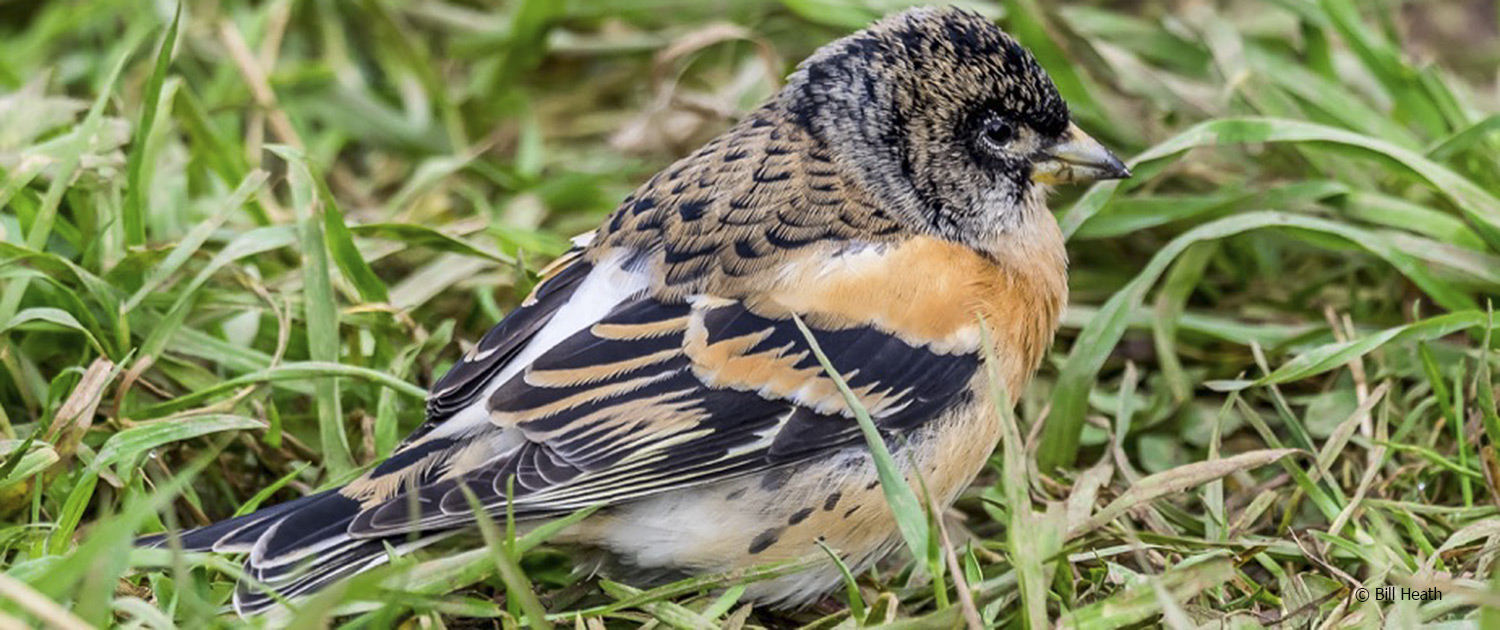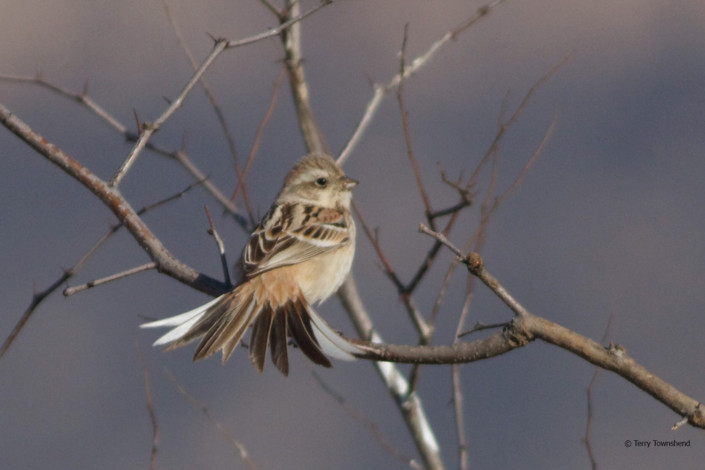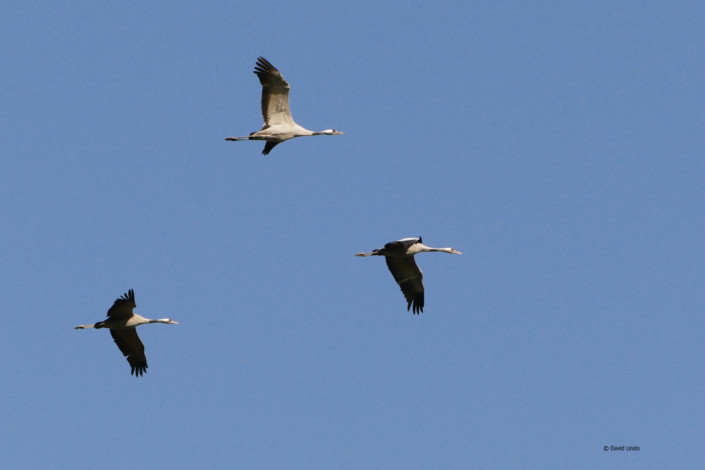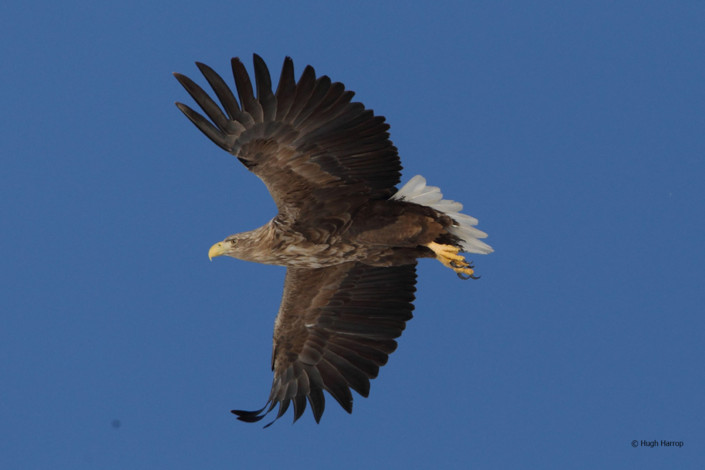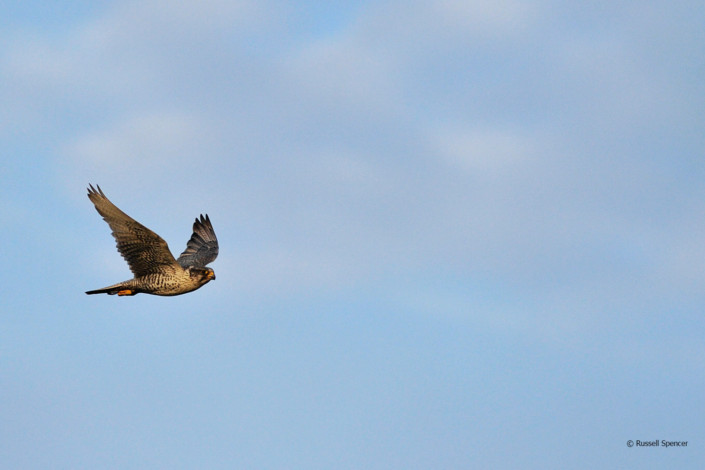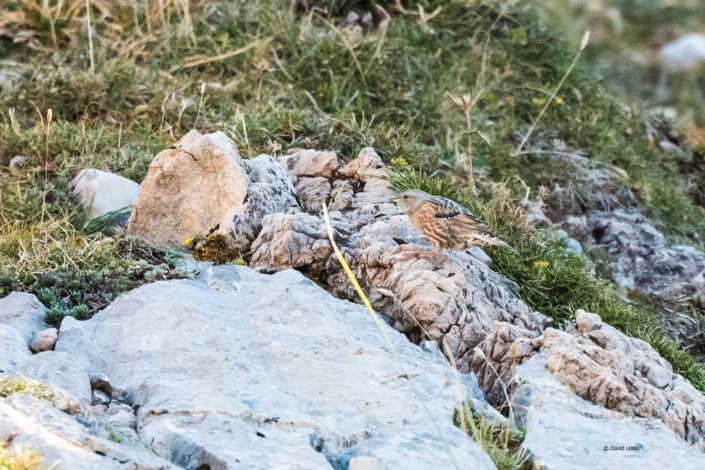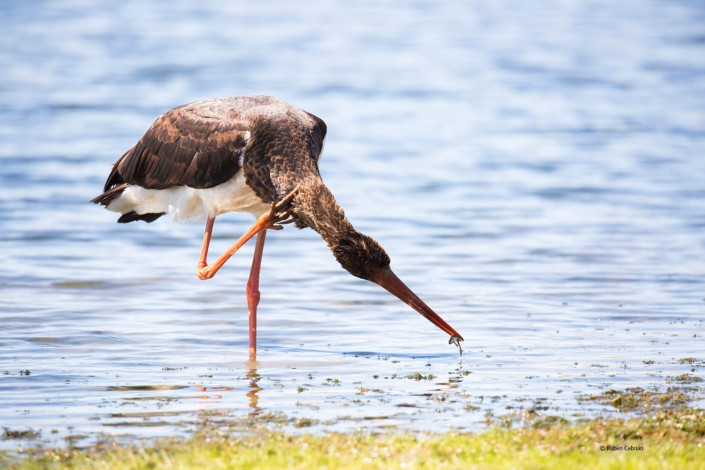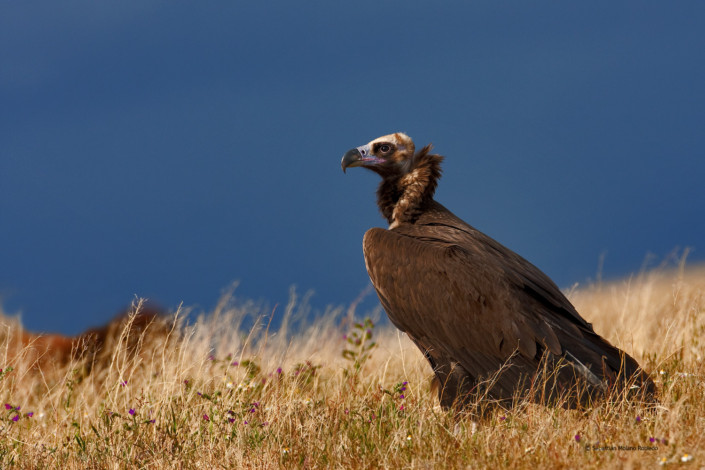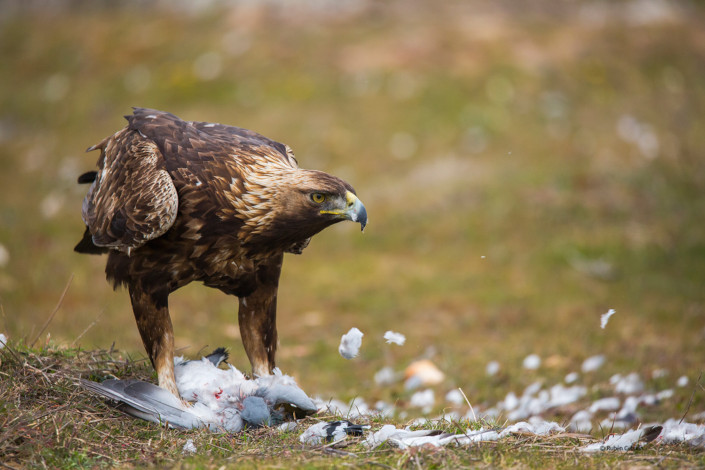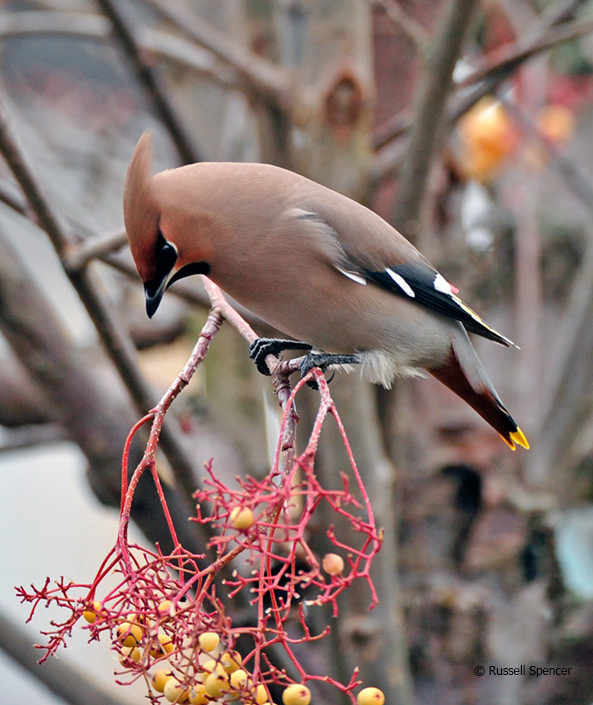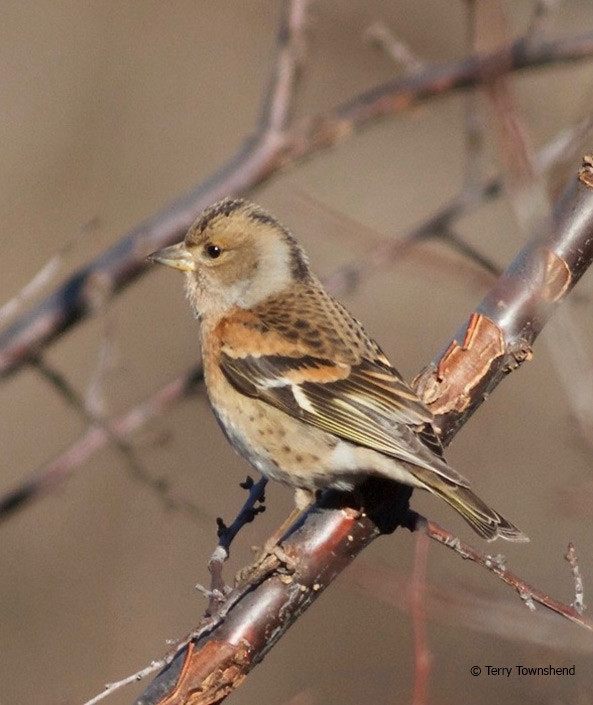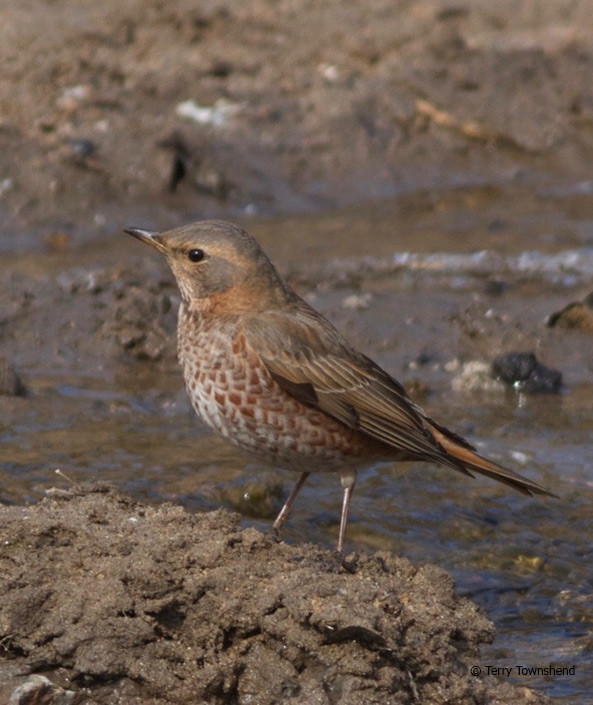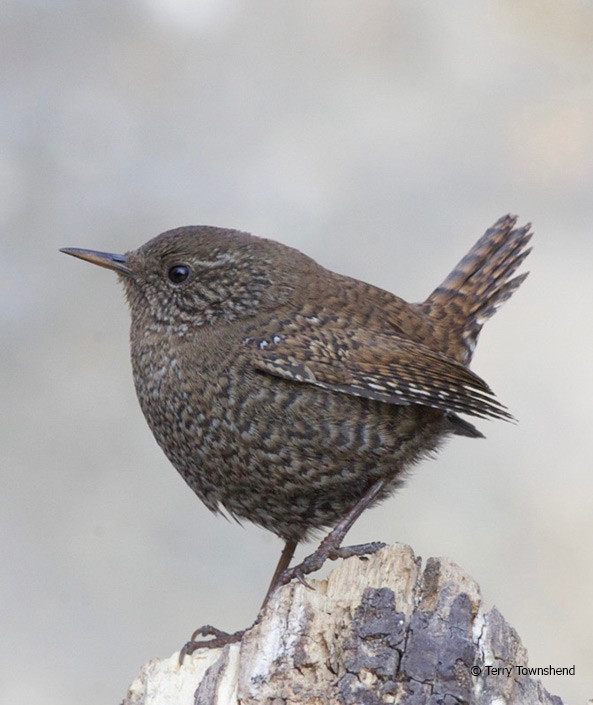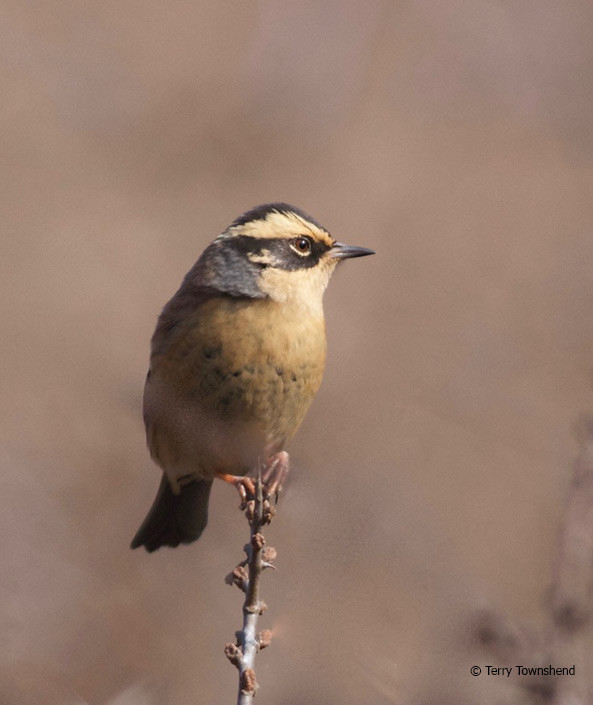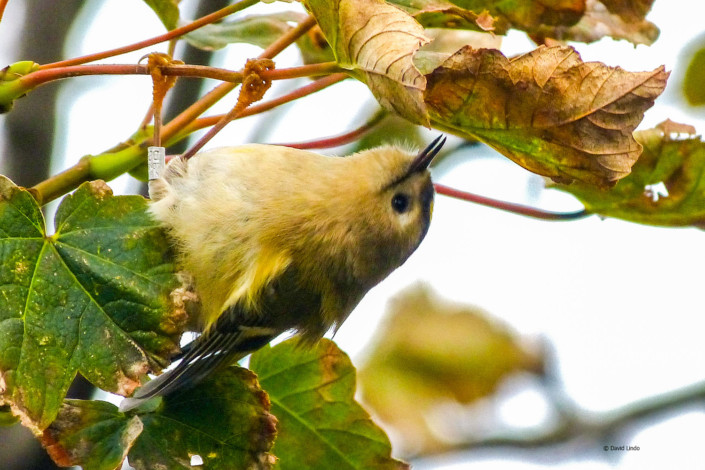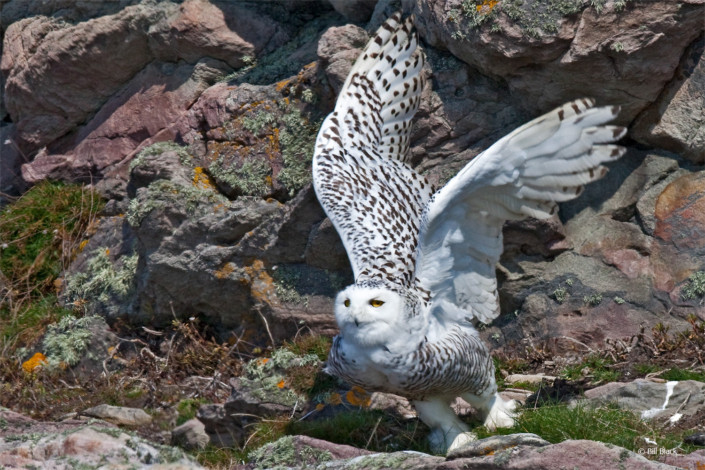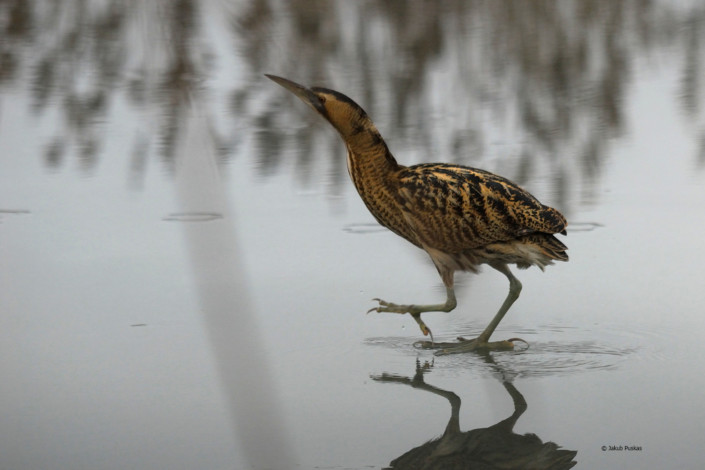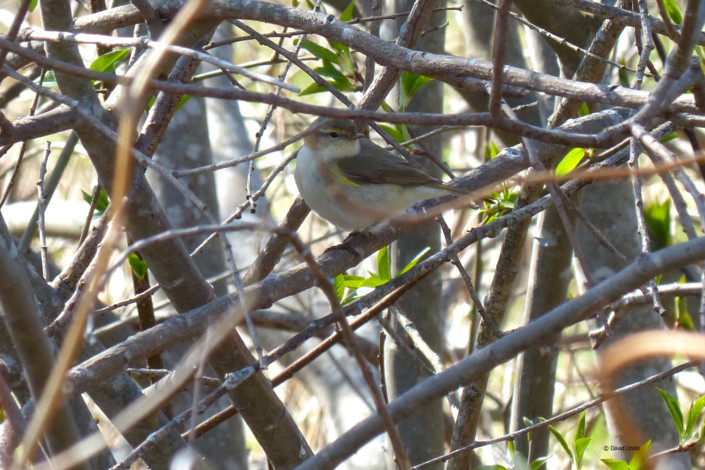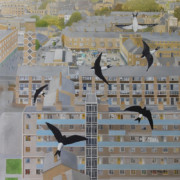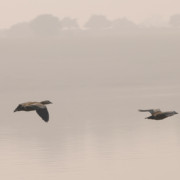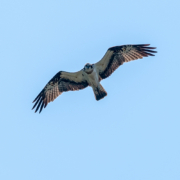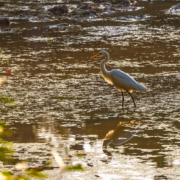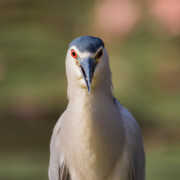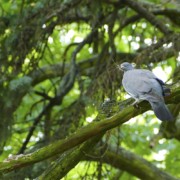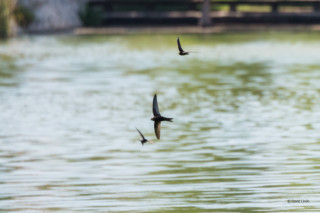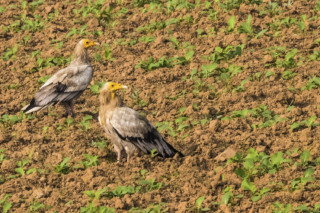It’s that time of year again. As temperatures plummet and the days shorten many people might think it’s time to stay indoors with a real fire put on that favourite woolly jumper and sip a warm cup of (green) tea. However, for birders, it’s worth putting on the thermal underwear and braving those icy temperatures – winter can be a brilliant time.
Here are five reasons why winter is a good time for birding in Beijing:
- First: with the leaves down, birds are easier to observe.
- Second: winter is the only time we can see winter visitors that breed to the north of Beijing, including as far north as Mongolia and Russian Siberia. These species include: Ruddy Shelduck, Common Crane, White-tailed Eagle, Rough-legged Buzzard, Merlin, Mongolian Lark, the winter thrushes (Naumann’s. Dusky, Red-throated and Black-throated), Goldcrest, Guldenstadt’s Redstart, Siberian Accentor, Brambling, Pallas’s Rosefinch, Japanese Reed, Lapland and Pine Buntings.
- Third: many mountain dwelling species will move lower into the valleys and even into cities in the winter making them easier to see. They could include: Winter Wren, Beijing Babbler, Plain Laughing Thrush and Yellow-throated Bunting.
- Fourth: depending on the seed crops and weather, especially the extent of snowfall, some species ‘irrupt’ in large numbers to areas where they would normally not occur in significant numbers. Pallas’s Sandgrouse, Japanese and Bohemian Waxwings and Redpolls are examples of the species that sometimes ‘irrupt’ into Beijing.
- Finally: there is always a chance of finding something special. The discovery of wintering Jankowski’s Buntings in winter 2015/2016 by Xing Chao and Huang Mujiao was exceptional. Who knows what else might occur – maybe a Snowy Owl at Lingshan or a Gyrfalcon at Ma Chang?
The best winter sites
Most good birding sites in the capital (e.g. Yeyahu, Lingshan, Huairou, Miyun and Shahe Reservoirs (if accessible)) are worth visiting all year round. And within the city itself the Botanical Gardens, with its berry-laden shrubs, is often one of the first sites to host groups of Japanese or Bohemian Waxwings during a ‘waxwing year’. The Olympic Forest Park can host Beijing Babbler in winter and is often a good place to see Brown-cheeked Rails and Great Bittern. It has also played host to some very scarce winter visitors such as ‘caudatus’ Northern Long-tailed Tit and Chiffchaff. For me, two of the best winter birding sites are Donglingshan and Shidu.
Donglingshan (东灵山)
The site of Beijing’s highest peak (2,303m) around 110km west of the city along the G109, Donglingshan is a superb winter birding site. It is the only reliable site in Beijing to see the high-altitude specialist, Guldenstadt’s Redstart and the scarce Pallas’s Rosefinch. In most winters tens of the former spend the winter feeding on the sea buckthorn berries in the many gullies and valleys below the peak and small flocks of the latter can be found foraging under stands of silver birch. Other reliable species here include Chinese Beautiful and Long-tailed Rosefinches. Interestingly, the latter species is of the subspecies lepidus from central China and not the more northerly ussuriensis that has occurred in other parts of Beijing. Also expect Siberian and Alpine Accentors, good numbers of thrushes, Cinereous (Eurasian Black) Vulture, Golden Eagle and, in some years, Asian Rosy Finch. Rarities at this time of year have included Lesser Spotted Woodpecker and Black and Przewalski’s (Alashan) Redstarts.
At around 2,000m a visit to Donglingshan in winter can be bitterly cold, especially if the wind is blowing. However, if you time your visit on a day with light winds and sunshine it can be surprisingly pleasant and hugely rewarding.
A downloadable PDF guide for Donglingshan (Lingshan) can be found here.
Shidu (十渡)
A spectacular gorge worthy of a visit in its own right, even without any birds, Shidu is an excellent winter birding destination offering species that can be hard to see in other parts of the capital. A road runs through the gorge crossing several bridges and it’s a good tactic to stop close to the bridges to scan the area. Shidu is perhaps most famous in birding circles for its Black Storks, a handful of which can be seen feeding alongside the river. However, many more interesting species are possible. For the last few years at least one, sometimes two, Wallcreepers have been reliable near bridge 6. And Long-billed Plover, Brown Dipper, Crested Kingfisher, Plumbeous Water Redstart, White-capped Water Redstart and Cinereous (Eurasian Black) Vulture are all regular in winter. Even the spectacular Ibisbill, a species that is increasingly difficult to see in the capital, is possible. Solitary Snipe, another difficult-to-see species, has also been recorded.
Ten Species To Look Out For This Winter
Beijing has many special birds in the colder months and here are a few to look out for.
| 1. Merlin | This small, compact, falcon can often be seen hunting flocks of small passerines, including buntings and larks. Open spaces such as Ma Chang (Yanqing) and the edges of reservoirs are good places to look. |
|---|---|
| 2. Cinereous (Eurasian Black) Vultur | With a wingspan of c3 metres, this huge bird of prey can be seen in the mountains around Beijing from November to March. Feeding on carrion, they can often be seen patrolling the ridges of mountainous areas on sunny days, especially when there is a breeze providing them with lift. |
| 3. Goldcrest | This tiny insectivorous bird can somehow find enough food in Beijing in winter. The larger parks, such as the Botanical Gardens and the Olympic Forest Park, are good places to look. Focus your search on areas with conifers and listen for their high-pitched calls |
| 4. Siberian Accentor | This beautiful sparrow-sized bird likes scrubby areas with lots of good undergrowth. They can be shy but with patience and knowledge of their high-pitched call, searching in the right areas should be successful. The Botanical Gardens and Donglingshan are two good places to look. |
| 5. Naumann’s Thrush | Naumann’s is the most common of the four classic ‘winter thrushes’ in Beijing (the others being Dusky, Red-throated and Black-throated). With its orange-coloured tones, Naumann’s Thrush is a very pretty bird and can often be seen feeding on berries or on the ground in Beijing’s parks. |
| 6. Japanese Waxwing | The beautiful Japanese Waxwing is an annual winter visitor to Beijing in varying numbers. Sometimes in large flocks, they can strip berries from a bush in minutes. Listen for their ‘ringing’ calls and look for flocks of birds that have similar silhouettes to starlings. Can most easily be told from the very similar Bohemian Waxwing by the pinkish and not yellow tip to the tail. |
| 7. Winter Wren | The charismatic Winter Wren breeds in the mountains around Beijing and in winter it moves to lower elevations to escape the harshest winter temperatures. It can be found in the Botanical Gardens and other large parks, often near water. The distinctive cocked tail makes it unmistakable |
| 8. Brambling | The Brambling is a common winter visitor to Beijing. A sociable bird, it can often be found in flocks feeding on seeds (often beech mast) at the base of trees. Listen for its upslurred call as flocks wheel around over wooded areas. |
| 9. Pallas’s Rosefinch | A real gem of the Beijing winter, the Pallas’s Rosefinch is one of the most sought after species by foreign birders visiting the capital. A visitor in varying numbers, usually to relatively high elevations, it is most reliably found at Donglingshan in winter. The ridge above the Botanical Gardens and sites around the Great Wall can also produce this species. A favourite food is birch mast, so look for stands of silver birch and check the ground around the bases of the trees. |
| 10. Pallas’s Bunting | A winter visitor in good numbers, the Pallas’s Bunting is one of Beijing’s signature winter birds. Found in reedbeds and any areas of rank grass and/or scrub, it can be skittish but will sometimes sit on the top of vegetation and utter its sparrow-like call, quite different to that of the similar, but scarcer, Common Reed Bunting and Japanese Reed Bunting. |
Of course, the most important thing about going birding is not where you go or what you see but that you enjoy it. Wishing everyone a wonderful winter’s birding.

